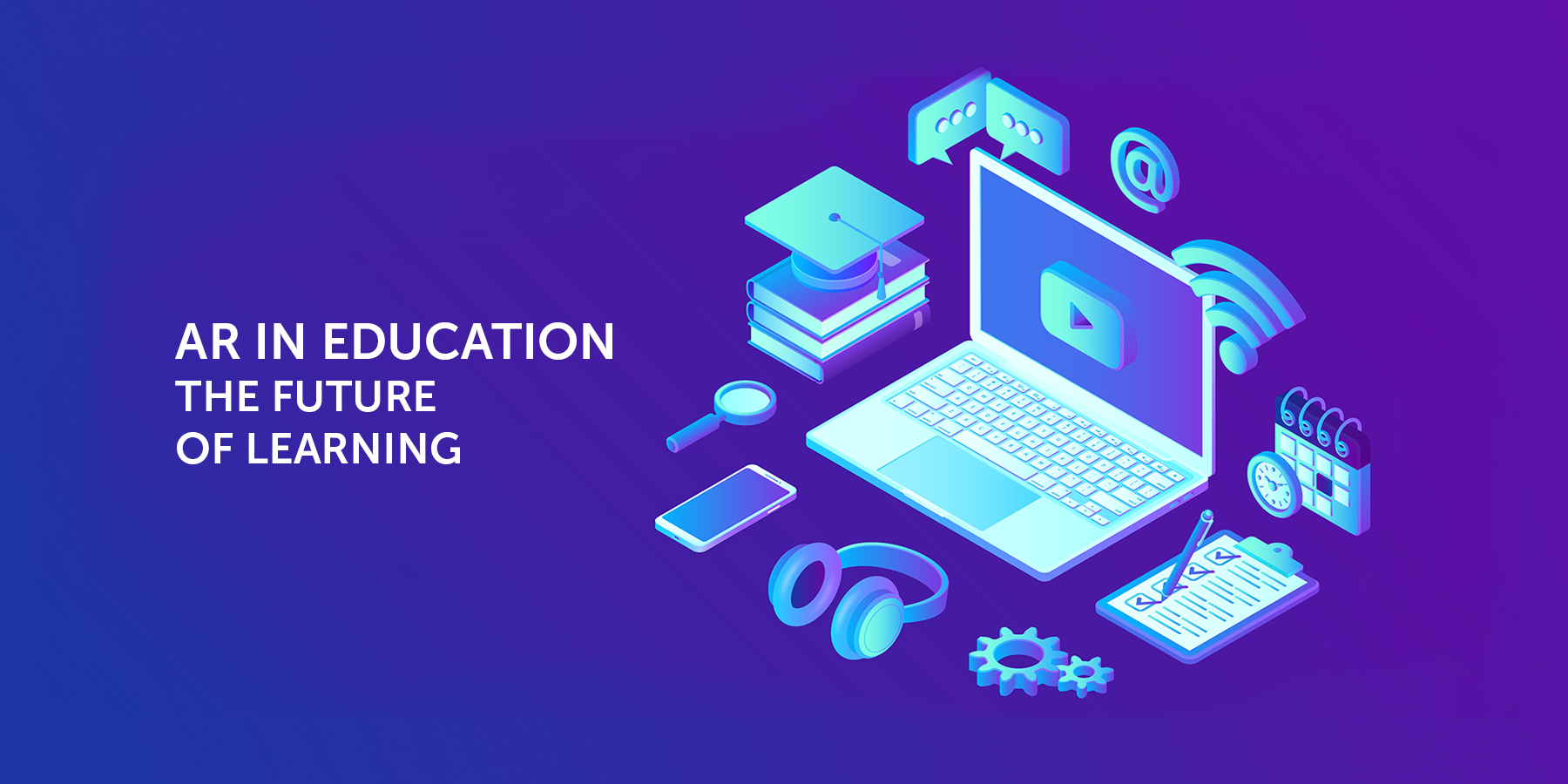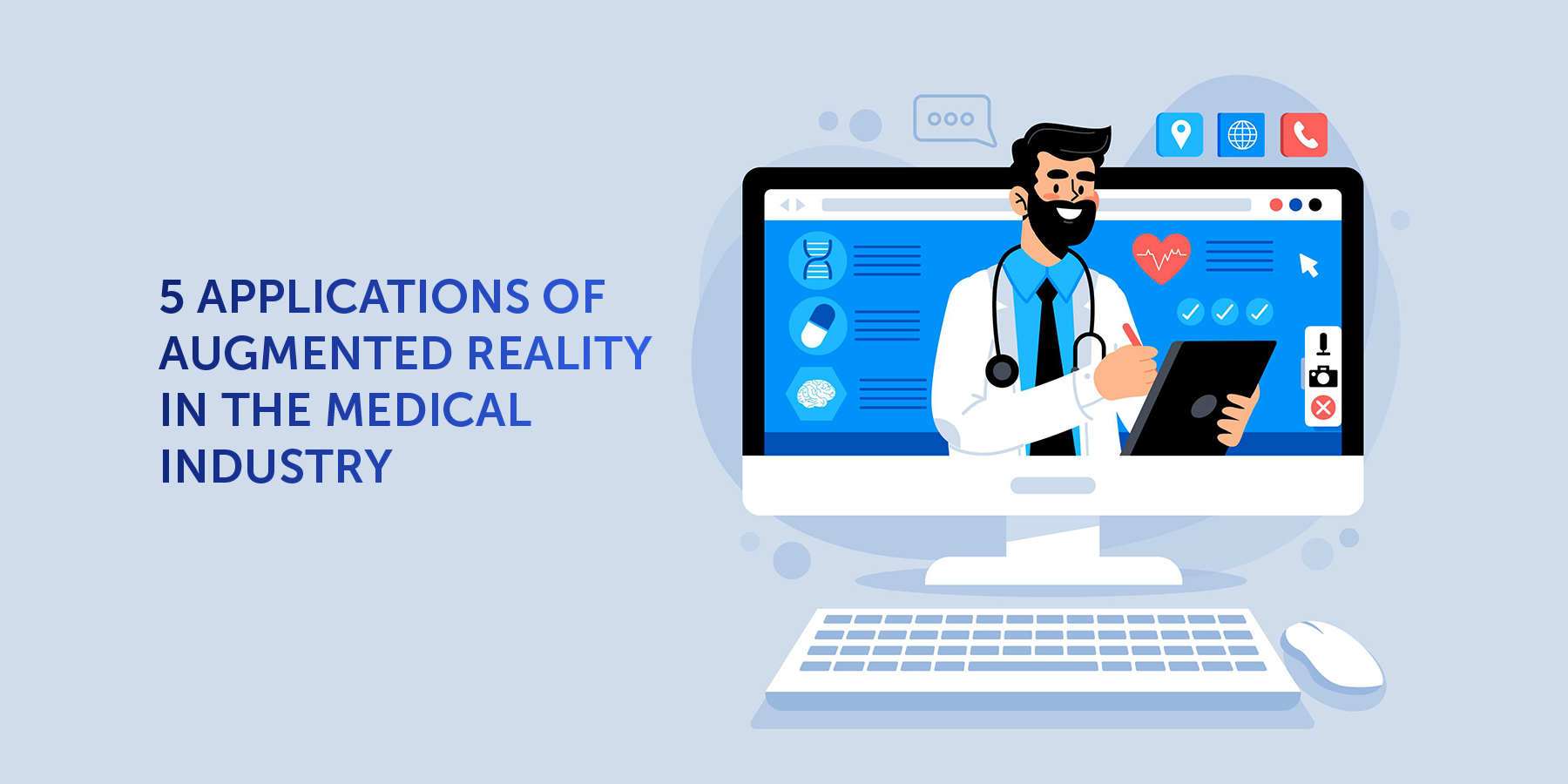Imagine a world where your students can take a tour inside the human brain or travel in space to explore the solar system—right from their classroom desks or from the comfort of their couch. It might sound futuristic, but technologies like Augmented Reality (AR) and Virtual Reality (VR) turn these ideas into tangible possibilities.
VR and AR in education are breathing new life into the classroom by supplementing current pedagogical materials. These revolutionary technologies offer interactive and highly-engaging learning experiences to students, helping them grasp even the most complex topics quickly.
In addition, as businesses continue to increase their investment in AR and VR to enhance communication and collaboration, students will likely use these same technologies as they join the modern workforce.
Educators and educational institutions can leverage these exciting technologies in more ways than one to increase student engagement and improve learning outcomes. But before we discuss some of the use cases of VR and AR in education, let us briefly understand the difference between the two technologies.
AR vs. VR: What Does What?
AR and VR are both groundbreaking technologies that offer the opportunity to create highly-engaging and interactive digital experiences. However, there is a significant difference between the two.
VR or Virtual Reality is all about building virtual surroundings for you to explore using VR headsets. It means that with VR, you necessarily disconnect yourself from the real-world. On the other hand, AR, or Augmented Reality, overlays virtual elements onto a real-world setting.
Both technologies have the potential to enhance the learning experience through truly immersive virtual content. Let us explore some of the interesting use cases of these technologies in the education sector.
Augmented Reality Classrooms
AR and VR can be introduced in classrooms to supplement existing educational materials. Using VR headsets, professors can take their history students on a virtual tour to explore ancient ruins while sitting inside the four walls of the classroom.
With an AR app, students can scan pages of the books, and a 3D hologram will popup showing more information about the object. The interactive nature of the technology further makes everything even more immersive, helping students to visualize things and comprehend the concept better.
For example, students can interact with the solar system using an AR app. The app will generate 3D holographic information on the shape and color of the planets, size relations between them, and other planetary details.
Lab demonstrations and experiments can also become more immersive and cost-effective using AR. For example, instead of a cadaver, medical students can perform surgeries virtually from anywhere and better understand complex surgical procedures.
Get a sneak peak of Augmented Reality Science Labs used by Ryerson University below. These labs are part of the Ryerson Augmented Learning Experience (RALE) created by Nextech AR Solutions!

AR in Distance Learning
Schools around the world closed down due to the Coronavirus outbreak. Many institutions continued to impart education through various digital tools, and several others are following the suit. The majority of educators expect that distance learning will be the new normal.
The challenge for teachers is then to utilize the right technology tools that foster online learner engagement. This is where AR helps! By offering multi-sensory experiences through AR content, teachers can amplify student engagement as well as ensure better communication and collaboration between the two.
Another exciting way to enhance online learning is by using the AR technology to project 3D holograms of educators. For instance, students can see the hologram of their teachers or guest speakers in front of them. It allows students to experience as if things are actually happening around them, boosting their engagement level.
AR on Campus
AR is equally valuable for universities in offering engaging experiences to their prospective students. For example, students can point the AR app at campus buildings or signages and access information about the university, virtual tour, or curriculum information.
Nextech AR’s Value Proposition for Virtual Learning
Nextech AR’s Virtual Higher Education is a versatile solution that leverages AR to help you provide a truly engaging virtual learning environment for your students. From creating engaging lab experiences and workshops online to managing course content, and interacting with students through Q&A sessions, run your university or school virtually.
Provide virtual campus tours of your facilities to your prospective students or host virtual fairs for your current pupils. Offer course completion certificates and celebrate graduation or school events virtually with holograms and live streams combined.
Make your educational institution future-ready with Nextech AR. Reach out to us and book a demo to see how AR can benefit to your learning establishment.







